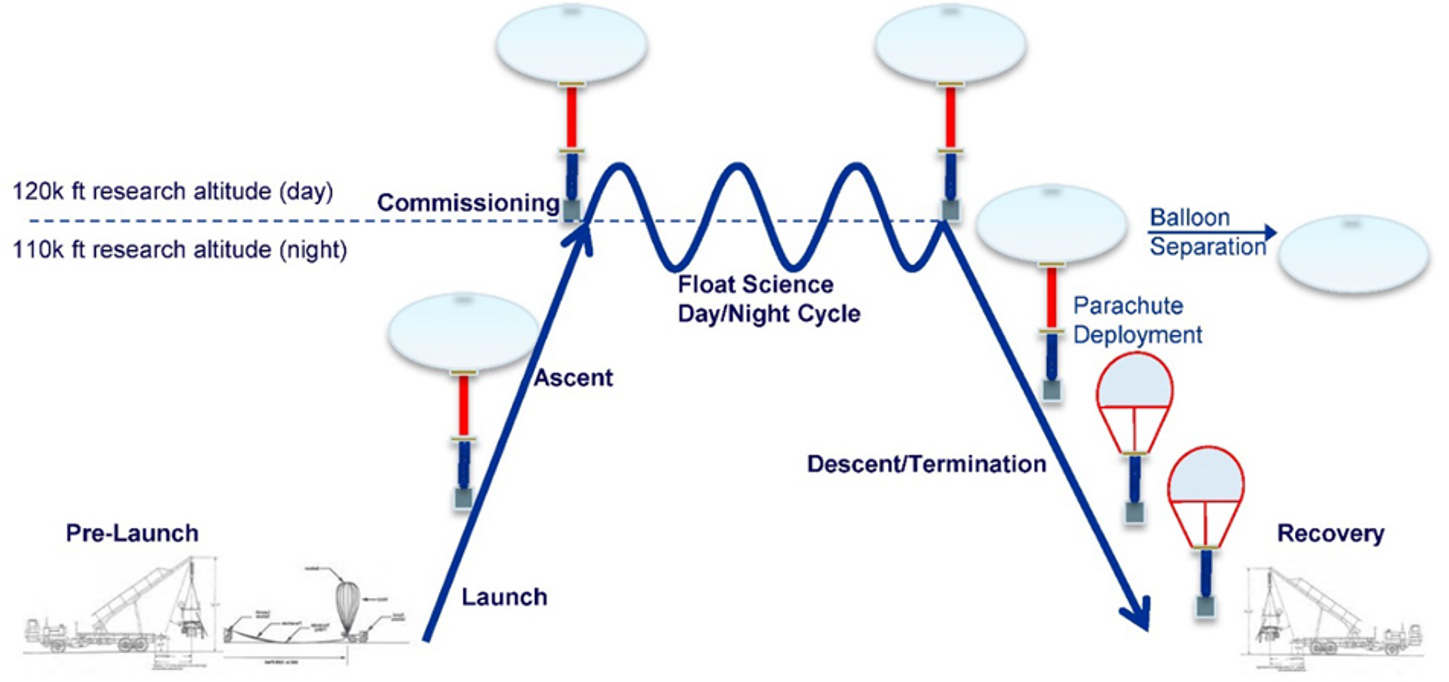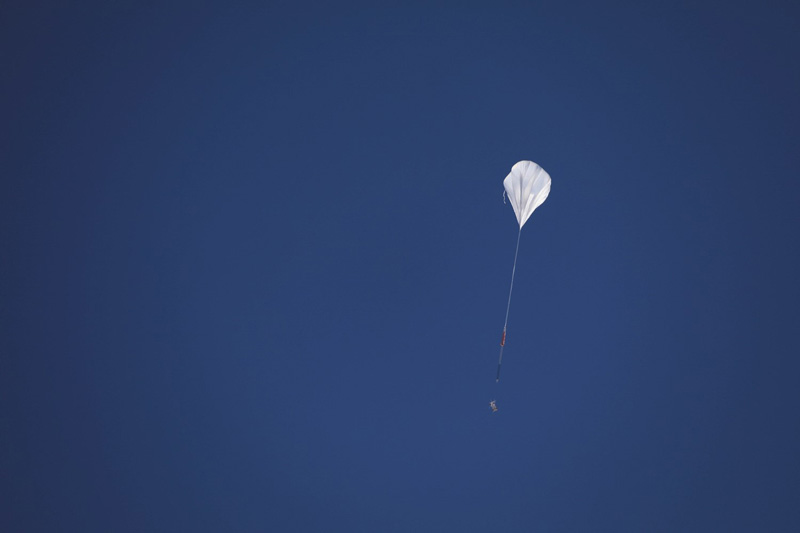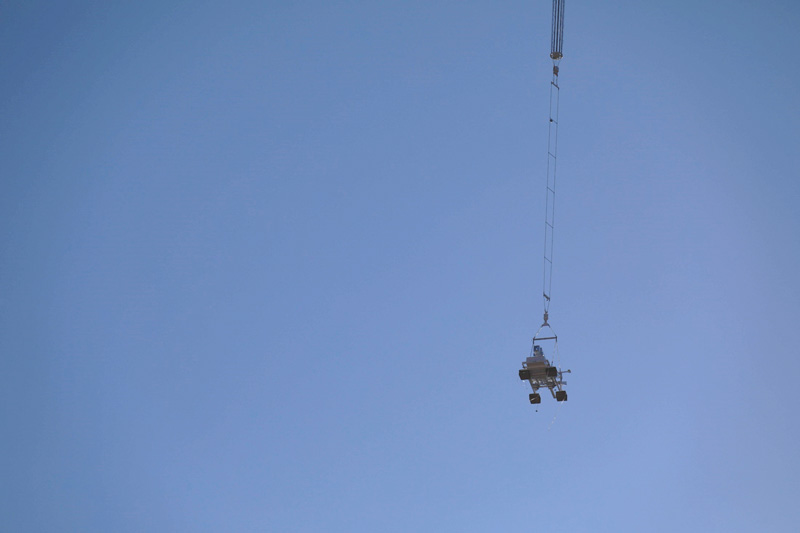The mission was ready for launch in early August 2019 but the launch happened only on September 18, 2019 when the weather was appropriate. The helium-filled balloon lifted off at 14:50 UT. The balloon attained the float altitude at 17:40 UT, after ascending for almost 3 hours. At float altitude, dark images were captured before the aperture door was opened at 17:50 UT. After testing all functionalities and adjusting pointing and exposure time, the observing started at 18:45 UT. After an initial eastward excursion, the balloon moved in the northwest direction from Fort Sumner and passed between Santa Fe and Albuquerque. Towards the end of the observation, the WASP system failed, and the observations were stopped at 22:20 UT. The balloon was cut down and landed in the Navajo Nation near Farmington, New Mexico at 00:35 UT on the next day. The payload was recovered and trucked back to Fort Sumner two days later. All data were retrieved from the BEB. Seventy frames were obtained in each narrow-band filter and two frames in the broadband filter per observing set. There were 61 sets in Filter 1 (F1) and F2 and only 60 sets in F3, F4 and F5, yielding 17,060 coronal images over an observing period of ~4 hours. The cadence of the sets is ~3.5 min. For dark images, 40 frames were obtained in each filter per set. Two dark sets were obtained at flight altitude, yielding 400 dark images.
Balloon integration & Compatibility test


@2x.jpg)
@2x.jpg)
@2x.jpg)
@2x.jpg)
Balloon


filling gas into the balloon
@2x.jpg)
@2x.jpg)
@2x.jpg)
@2x.jpg)
@2x.jpg)
@2x.jpg)
@2x.jpg)
@2x.jpg)
Launching BITSE
@2x.jpg)
@2x.jpg)
@2x.jpg)


@2x.jpg)
@2x.jpg)
@2x.jpg)
@2x.jpg)
Recovery
@2x.jpg)
@2x.jpg)
@2x.jpg)
@2x.jpg)
@2x.jpg)


